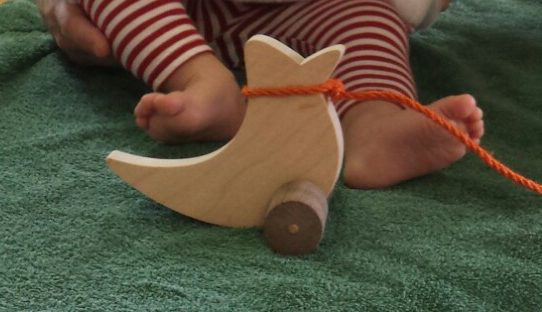What’s more classic than a kid’s wooden pull toy? Nothing! I’ve made the most awesome wobbly duckie for my daughter Annabelle just in time for Christmas and thought at least one of you handy folks might enjoy a last minute excuse to get out to the shop!
Alright let’s get on with the project. First you’ll need an elf… Well, there are actually no elves required, just this template and your own awesomeness!




